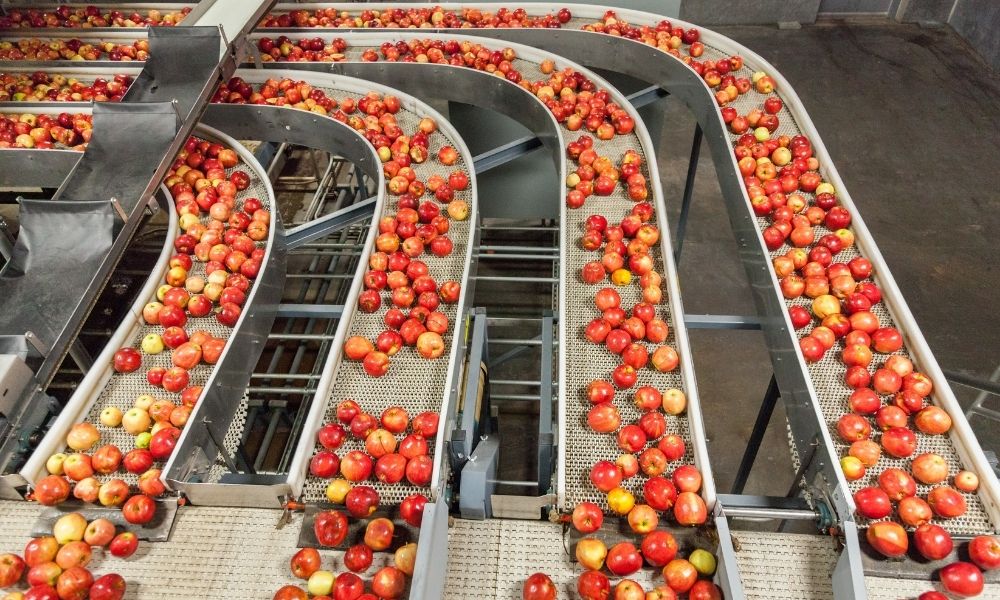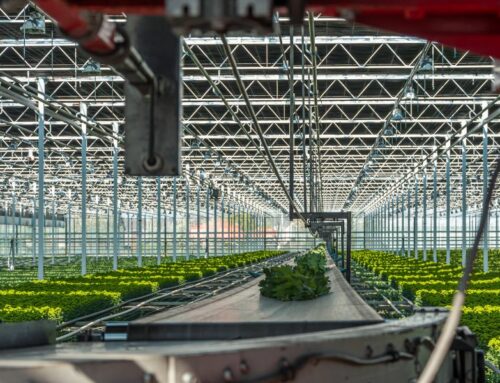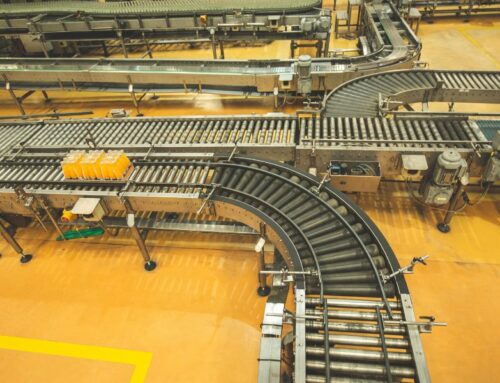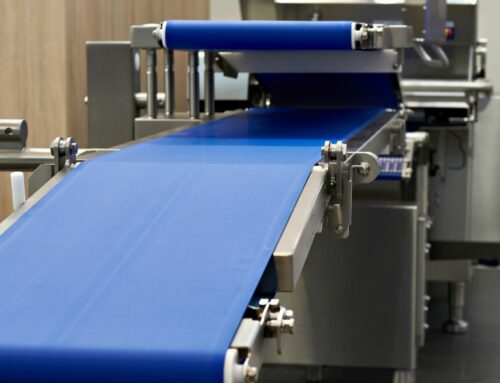
Fabrication parts, airport luggage, groceries—conveyor belt systems are tasked with transporting a variety of goods. Manufacturers almost always use conveyor versatility within their facility since the conveyor belts promote productivity and employee safety. Because these machines are enlisted for a broad span of applications, they run into some inevitable obstacles, resulting in mishaps and delays. But with the right knowledge, you can become a conveyor belt troubleshooting expert and save your company needless downtime. Discover the most common conveyor belt problems to avoid so your facility can reap the benefits of conveyors without dealing with its issues.
Mistracking
When a conveyor system is constructed, its belt is aligned in a certain path. This path is designed for optimal operations, so when it falters, workplace productivity is compromised.
Mistracking is a common conveyor belt problem and is often the result of drifting belts. Misdirected belts can cause uneven belt wear and tear, product damage, and troublesome downtime for your facility.
How To Avoid It: Meticulous belt management and maintenance can help deter this common conveyor belt issue from occurring.
Blockages
One of a conveyor system’s main purposes is to increase product transportation. However, when employees overload the belt or products get caught on faulty belt features, blockage can occur.
Blockage interferes with transportation productivity and may even seize operations. Belt build-up can cause damage to both belt and products.
How To Avoid It: Facilities can avoid most blockages by maintaining adequate belt conditions and having a strict material limit when it comes to loading the conveyor.
Belt Slippage
Tension is incredibly influential to a conveyor’s performance. Too much or too little of it can hinder workplace operations via belt slippage, which is one of the most common conveyor belt problems to avoid in manufacturing and material handling.
When conveyor pulleys wear down, their traction becomes insufficient. Insufficient traction can cause stretching and slippage that, in turn, results in faulty materials and downtime.
How To Avoid It: Routine traction checks will ensure your conveyor’s performance. You should frequently check that pulleys, rollers, and belt traction are up to par with operation needs.
At Redline Systems, we specialize in configuring industrial conveyor belt systems for a variety of industries. With over 40 years of experience under our belts, you can be sure you’ll receive a high-quality conveyor system from us. Contact us today to learn about our selection of conveyor models and which can help achieve your facility’s productivity needs. And for more in-depth information on conveyor belt problems and solutions, check out our other blogs.



